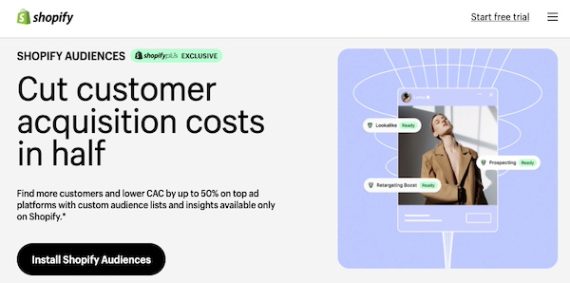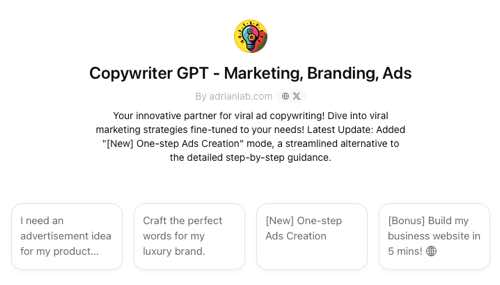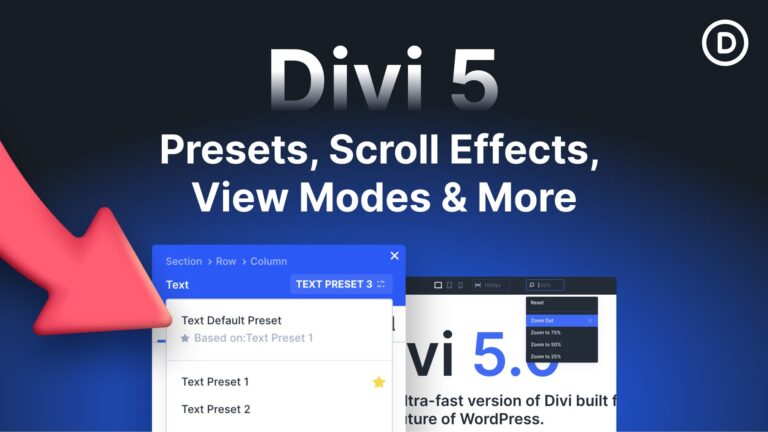Shopify Audiences is a data-sharing, machine-learning co-op that gives participating Shopify Plus merchants an edge in digital ads. It could be a model for cookieless advertising.
Regulators, big software companies such as Apple and Google, and many shoppers have demanded better personal privacy protection.
These demands upended the advertising industry. Advertisers and platforms alike are experiencing “signal loss” as the internet community collectively ends third-party tracking cookies.
ROAS and Relevance
Few folks would argue against more privacy in the digital world. Yet eliminating third-party cookies disrupts consumers and companies as advertising becomes less relevant to individual shoppers, increasing advertisers’ customer acquisition costs and return on advertising spend.
These side effects are at least annoying to shoppers and downright harmful to online sellers. The former see loads of ads they don’t care about or even dislike. Imagine the 22-year-old who sees spots for adult diapers. The latter — ecommerce merchants— becomes less profitable.


Shopify Audiences is a data-sharing co-op of Plus merchants.
Audiences
Shopify released Audiences in May 2022 for U.S. and Canada-based Shopify Plus accounts that also use Shopify Payments.
Audiences uses first-party data from participating ecommerce sites to create custom ad-targeting audiences for Meta, Google, Pinterest, TikTok, Snapchat, Criteo, and other large platforms. The result is better ad performance for those Shopify Plus merchants.
To borrow the example from Shopify, consider a store selling swimsuits. For this merchant, Shopify Audiences does not create a list of folks who recently purchased a swimsuit but rather shoppers who bought sunglasses, sunscreen, a sun hat, or pool supplies.
Shopify rolled out Audiences 2.2 last month. It’s a significant update, with some sellers reporting a 50% drop in acquisition costs.
This co-op approach could be a model for groups of advertisers working together to restore ad relevance and ROAS in the absence of third-party cookies.
Here’s why.
Privacy-compliant data sharing
With Shopify Audiences, merchants share anonymized data in a privacy-compliant manner. By pooling transaction data, Audiences respects privacy laws and enables merchants to collectively gain valuable insights without infringing on individuals.
First-party data sharing could be an alternative to third-party cookies so long as it respects personal privacy.
Shopping-intent signals
Meta and similar ad platforms have experienced privacy-induced signal loss, which makes ads relatively less successful, driving up customer acquisition costs.
A solution for advertisers is to upload first-party audience data. Such pooled info from co-op members could provide insights into consumer behavior and trends unavailable to individual merchants, mitigating signal loss.
Machine learning
With access to comprehensive data, merchants can improve ad targeting thanks to artificial intelligence.
Shopify Audiences employs machine learning algorithms to predict purchasing behavior so that shoppers see more relevant ads. That’s a takeaway for similar co-ops: Machine learning makes the targeting possible, as success requires crunching big data from many sellers, not a handful.
Trust
The Audiences feature works because the participating merchants trust Shopify. They believe Shopify will not misuse their data or pit one seller against another.
This mutual trust is essential for similar data-sharing co-ops.
Regulations
Shopify will presumably ensure Audiences complies with privacy regulations. Shop owners won’t need to become experts on privacy laws or rules from every jurisdiction.
Cookieless Solutions
Many inventive solutions are coming to improve advertising relevance. We can expect Meta, Google, Shopify, and others to find ways to share and use first-party, privacy-compliant data.
Shopify Audiences is one of those approaches.





